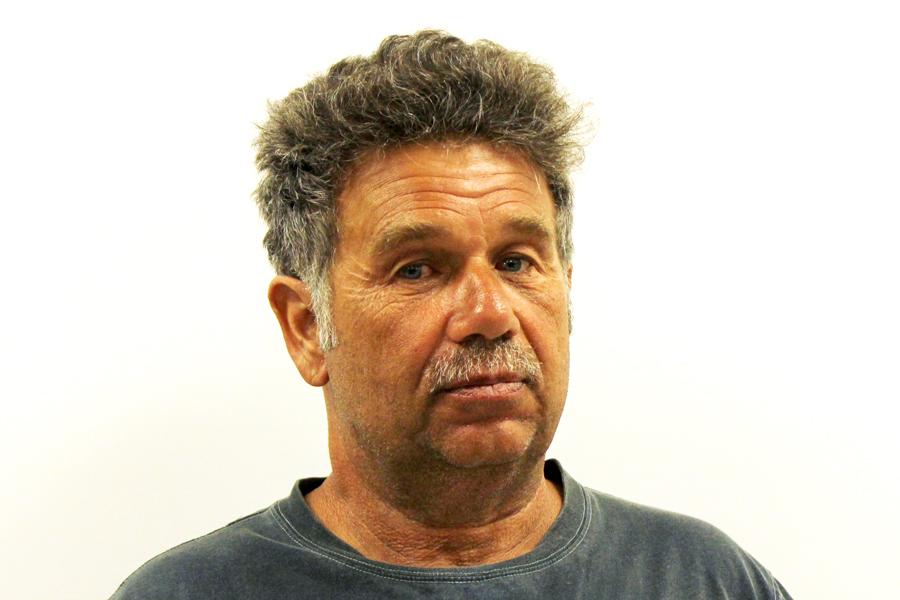Racial profiling used to ensure national security
Feb 24, 2015
Racial profiling is when law enforcement officers detain, search or arrest an individual due to his or her ethnicity. In the case of Michael Brown in Ferguson, Missouri, racial profiling was not used.
The story is that Brown robbed a convenience store of several cigarillos. In the process he assaulted the owner. Then he walked down the middle of a street blocking traffic and had an altercation with Ferguson police officer Darren Wilson, which caused Brown’s death.
The government never filed a case against Wilson.
In New York City, it was against the law for Eric Garner to sell loose single cigarettes which caused the police to react to the crime. But when he resisted arrest the police put him in a chokehold.
Garner said, “I can’t breath.” The police should have stopped immediately. The fact that they didn’t caused his death.
The first cases of racial profiling occurred in 1693 when a Philadelphia court gave the right to the police to detain any African-American who was free or a slave.
During this period of United States history, the African people were considered sub- human by whites in the Southern colonies and the prejudice still continues today.
There is no doubt that George Zimmerman, a neighborhood coordinator, profiled Trayvon Martin as a troublemaker because he was African-American and was wearing a hoodie.
African-Americans were and still are fighting a war a two fronts. They fought heroically in World War II and then came home to fight another war at home against racism.
During the civil rights movement, African-Americans protested for their constitutional rights working to stop segregation, for the right to vote and educational equality.
The Klu Klux Klan tried to put a stop to their movement by killing three civil rights workers and by bombing a Baptist church killing four young African-American girls. Others were murdered, beaten and threatened with death by the KKK.
In 2000, four Oakland police were known as the “Rides,” used vigilante tactics to kidnap, plant evidence and beat mostly African-Americans.
During the late 1980s, a similar group terrorized Richmond. These vigilante police officers were known as the “Cowboys.” These officers rode around in their squad cars looking to profile African-American men like a sport, killing a few of them and beating several others. The “Cowboys” were put under investigation and during their day in court they even wore their cowboy boots. These officers were found not guilty.
In some cases, including for “national security” purposes, law enforcement does have the right to racially profile people.


